31.08.2022
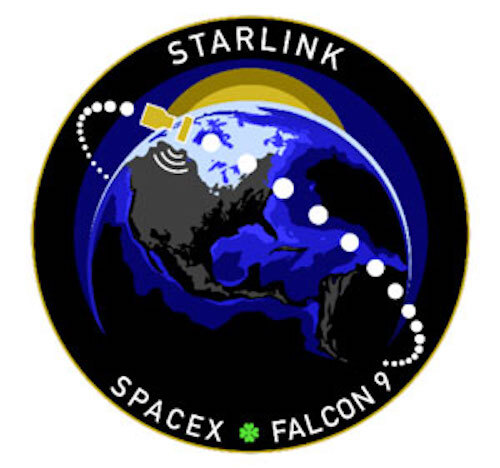
SpaceX launches 46 Starlink satellites, lands rocket at sea
It was SpaceX's 39th launch of 2022.
Another day, another Starlink launch.
A SpaceX Falcon 9 rocket lifted off from Vandenberg Space Force Base in California on Wednesday (Aug. 31) at 1:40 a.m. EDT (0540 GMT; 10:40 p.m. local California time), carrying 46 of the company's Starlink internet satellites to orbit.
About 8.5 minutes after liftoff, the two-stage Falcon 9's first stage came down for a pinpoint landing on the SpaceX robotic droneship Of Course I Still Love You, which was stationed in the Pacific Ocean.
It was the seventh launch and landing for this Falcon 9 first stage, SpaceX wrote in a mission description(opens in new tab).
The rocket's upper stage continued flying to low Earth orbit. It deployed the 46 Starlink satellites a little over an hour after launch as planned, SpaceX confirmed via Twitter(opens in new tab).
SpaceX has already launched more than 3,000 satellites for Starlink, a giant internet constellation that beams broadband service to customers around the world. Many of those spacecraft have gone up this year; so far in 2022, SpaceX has launched 25 dedicated Starlink missions.
Starlink makes up a majority of SpaceX launch traffic these days; the company has now conducted a total of 39 orbital missions this year to date.
The megaconstellation will continue to grow, in both numbers and ambition. SpaceX has permission to launch 12,000 Starlink satellites, and it has applied for approval from an international regulator to loft another 30,000 on top of that.
And last week, SpaceX founder and CEO Elon Musk announced plans to beam connectivity directly to smartphones using Starlink. That project, a joint effort between SpaceX and T-Mobile called Coverage Above and Beyond, will employ Starlink Version 2 satellites, a heftier and more capable spacecraft that's expected to start launching next year.
Quelle: SC
+++



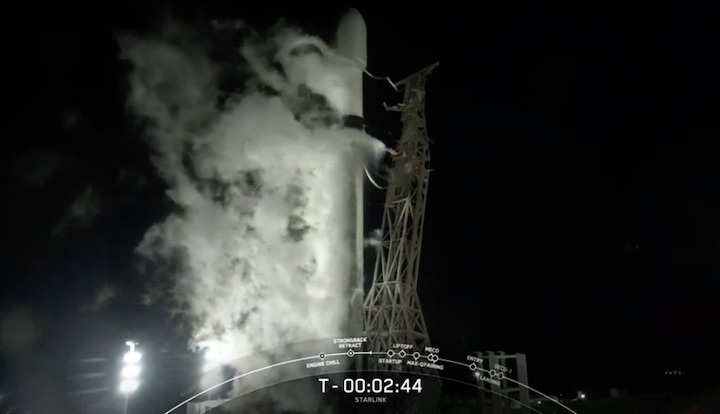



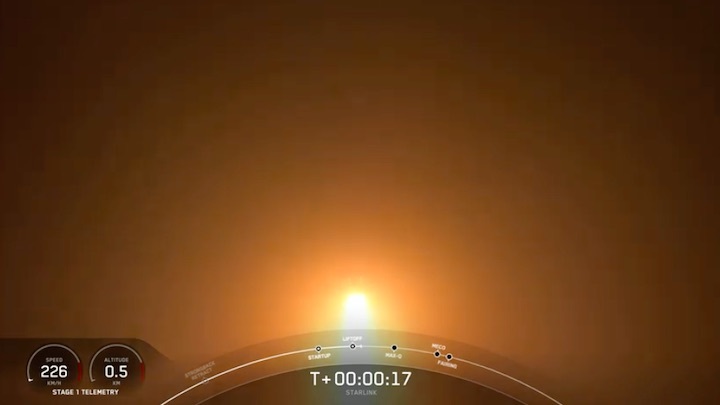
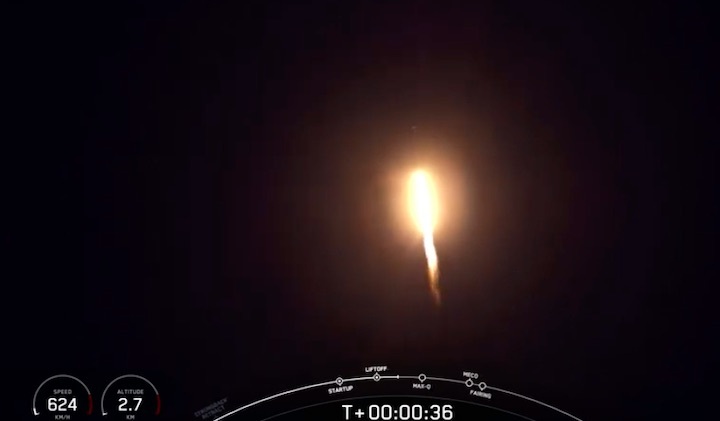
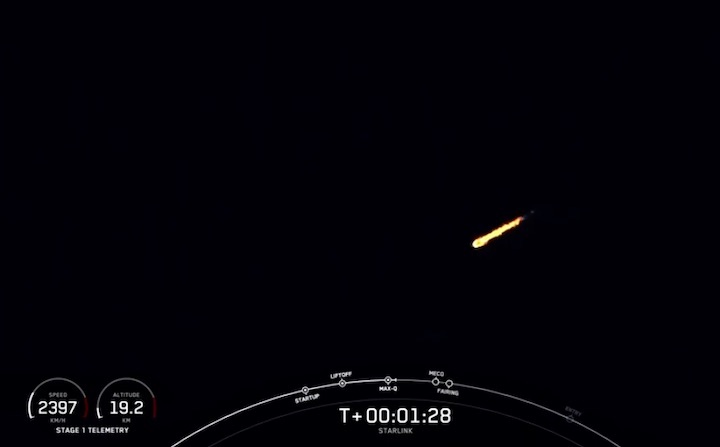
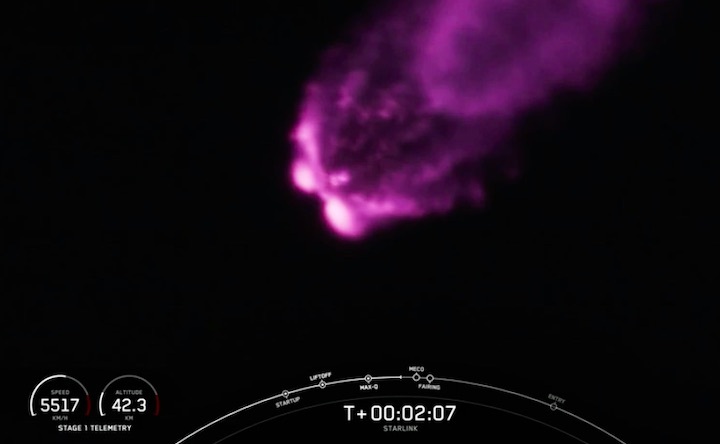
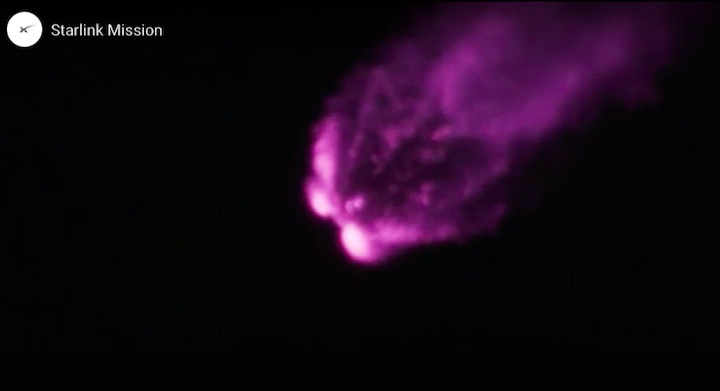


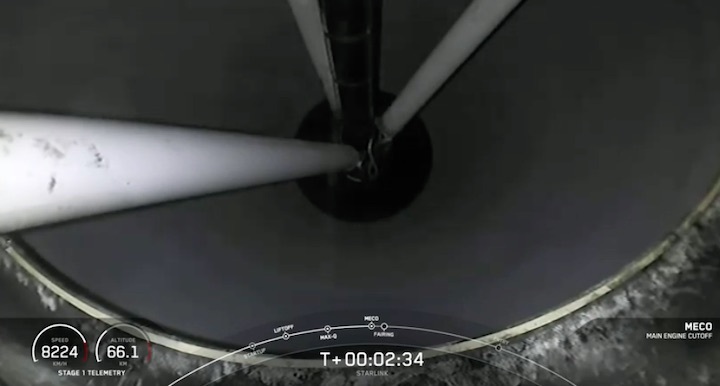
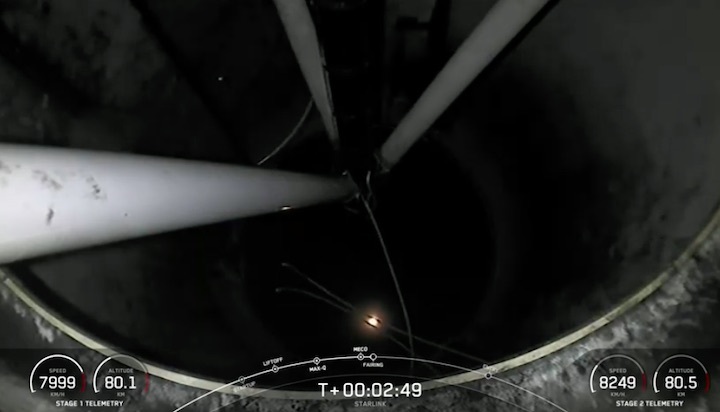
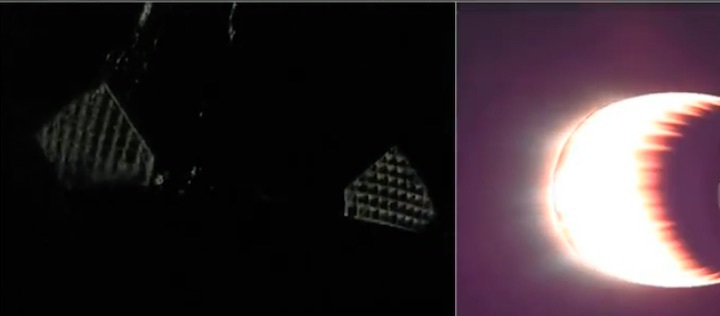
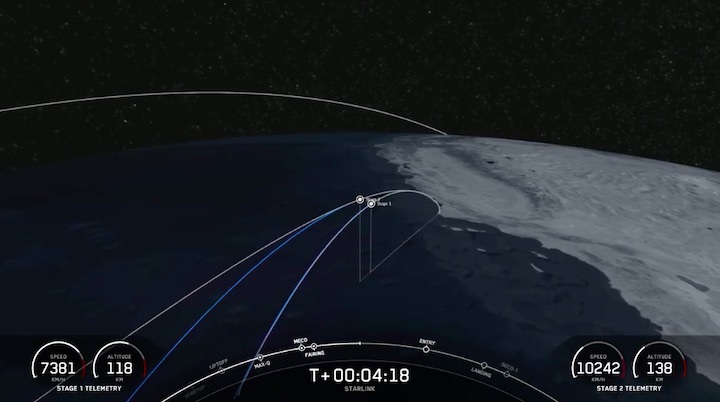
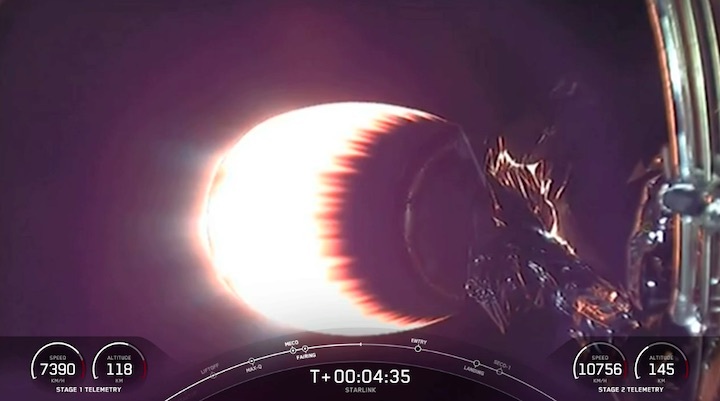


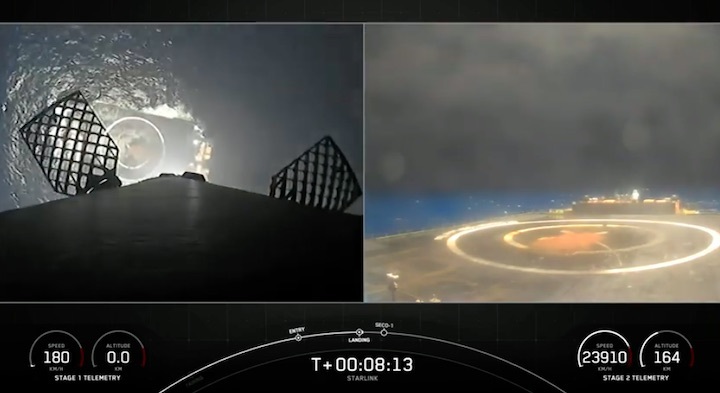

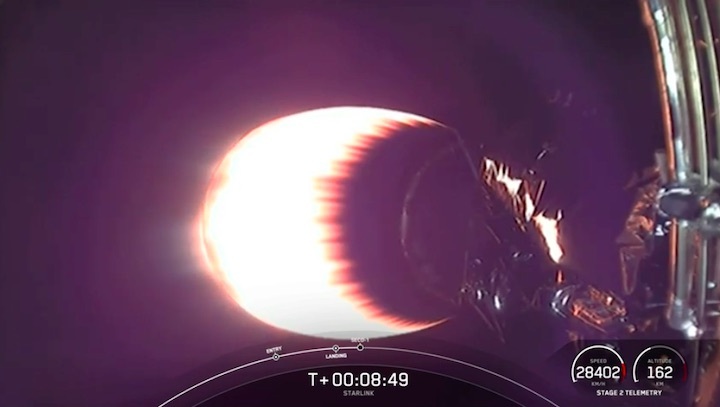
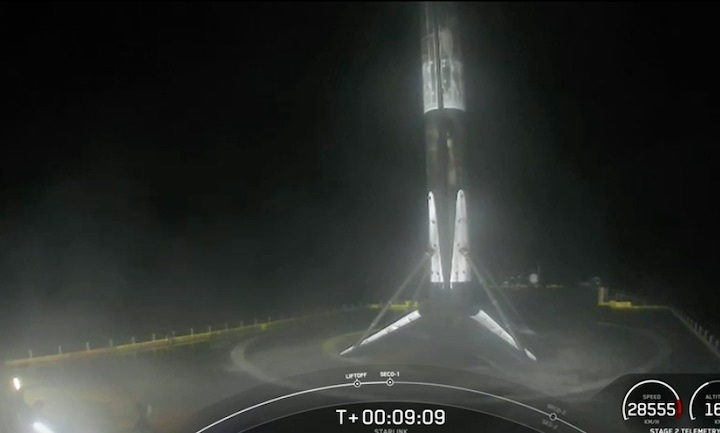
Quelle: SpaceX
+++
SpaceX nails 150th Falcon recovery attempt on Starlink Group 3-4
SpaceX has launched another batch of Starlink satellites into orbit on their Starlink Group 3-4 mission. Launching from Space Launch Complex 4 East (SLC-4E) at the Vandenberg Space Force Base in California, the Falcon 9 Block 5 lifted off at 10:40 PM PDT on Tuesday, August 30 (05:40 UTC on Wednesday, August 31). This mission marked SpaceX’s 39th mission of 2022–a mission every 6.13 days.
Starlink Group 3-4 marks the 110th orbital launch of 2022, making SpaceX account for over a third of all orbital launches this year. Overall, this was Falcon 9’s 174th mission (173rd launch) and 111th launch with a flight-proven booster.
The Starlink Group 3-4 mission utilized SpaceX’s booster B1063-7. The -7 signifies that this is the seventh flight of this specific booster, having previously supported Sentinel-6A, the Double Asteroid Redirection Test (DART), and four Starlink missions. The booster last supported the Starlink Group 3-1 mission, which flew just 51 days ago.
Following stage separation the booster made a landing 640 km downrange on SpaceX’s Autonomous Spaceport Drone Ship (ASDS) Of Course I Still Love You (OCISLY). This was SpaceX’s 150th Falcon recovery attempt and marked SpaceX’s 65th consecutive landing (a record) and 139th booster landing.
Inside Falcon 9’s 5.2-meter diameter payload fairing was 46 Starlink v1.5 satellites. These satellites will be deployed into a 321 x 307 km low-Earth polar orbit at 97.66º. The satellites will then spend months raising their orbit to the operational 560 km circular orbit at 97.6º, also known as Starlink shell 3.
This shell consists of six orbital planes with 58 satellites in each plane, for a total of 348 satellites. Because of the small size of this shell, it is expected that it will be filled in fewer than 10 Falcon 9 launches, and could be completed by the end of 2022.
The Starlink v1.5 satellites have a compact flat-panel design, allowing for SpaceX to launch many at once. Each satellite has a mass of ~305 kg and is equipped with an inter-satellite laser communication system, allowing for the satellites to communicate directly with one another, rather than going through ground stations. This is required for the satellites in the polar shells due to the inability to build ground stations in those regions. The also allows for Starlink Maritime — which is essentially Starlink for boats.
On August 25, 2022, SpaceX CEO Elon Musk and T-Mobile CEO Mike Sievert announced that the next generation Starlink satellites (called Starlink v2, and will launch on SpaceX’s Starship launch vehicle) will be able to act as cell towers and communicate directly with most modern cellular devices.
Musk noted that each satellite will have 2-4 megabits per second of throughput per region, allowing each satellite to handle 1,000-2,000 calls at any one time, or send millions of SMS text messages per second. While this will not enable global data connection on phones, it will allow communication with emergency services and family members from anywhere in the world.
During this same press conference, Musk also noted that due to delays in the Starship program, SpaceX is looking into making “mini Starlink v2” satellites that would launch on the Falcon 9. It is unknown if the aforementioned cell phone connectivity would also be on the mini version of these satellites, but it is unlikely due to the large antennas needed for a satellite to “hear” the low-power signals from cell phones.

Starlink V1 satellites inside a Falcon 9 fairing. (Credit: SpaceX)
Falcon 9’s launch sequence starts at T-38 minutes when the launch director verifies that teams are go for propellant loading. Three minutes later, both stages begin to be filled with chilled RP-1 (a refined form of kerosene) and the first stage begins being filled with super chilled Liquid Oxygen (LOX).
Fueling on the second stage is wrapped up at T-20 minutes when SpaceX then purges the Transporter/Erector (T/E) lines to prepare for second stage LOX filling. This starts at T-16 minutes.
At T- seven minutes, the first stage flows a small amount of LOx through the turbo pump of the Merlin 1D engines to cool it ahead of full propellant flow at engine ignition.
At T- one minute, the vehicle enters “startup,” which means that the automated launch sequence is handed over from the ground computers to the vehicle’s onboard computer.
Three seconds before liftoff, the vehicle commands ignition of all nine Merlin 1D engines at the base of the first stage. By T-0.2 seconds the engines are at full power, and the vehicle checks the health of all of the engines. Once all engines and the vehicle are confirmed to be nominal, it commands the hydraulic launch clamps to release, allowing the vehicle to lift off from the pad.
The first stage burned for approximately two and a half minutes before separating from the second stage. At this point, the first stage performed two burns to land on OCISLY (the entry burn and landing burn). Shortly after stage separation, the fairings were deployed from the Falcon 9 second stage. The fairings will later be recovered downrange by SpaceX’s West coast recovery ship NRC Quest after re-entering Earth’s atmosphere.
Stage two burned for just under six minutes before cutting off. At this point, the stage coasted for ~45 minutes, before igniting again for less than two seconds. After engine cutoff, the stage began to rotate end-over-end.
At T+ one hour, two minutes, and 57 seconds, the tension rods deployed from the Starlink stack. Due to the stage’s rotation, the satellites slowly drift away from the vehicle and spread out. The satellites will spend the following hours deploying their solar arrays and communication dishes.
This was SpaceX’s final launch in August; however, SpaceX has several launches scheduled for September, including Starlink Group 4-20 (which will also carry the Sherpa-LTC2 spacecraft), Starlink Group 4-2 (which will carry BlueWalker 3), and Transport and Tracking Layer (TTL).
Quelle: NS
